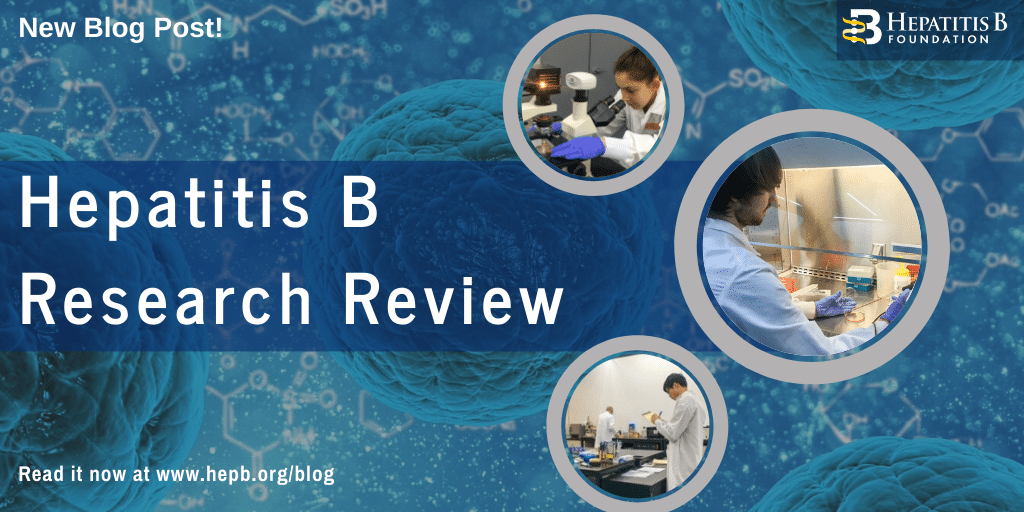
Welcome to the Hepatitis B Research Review! This monthly blog shares recent scientific findings with members of Baruch S. Blumberg Institute (BSBI) labs and the hepatitis B (HBV) community. Technical articles concerning HBV, Hepatocellular Carcinoma, and STING protein will be highlighted as well as scientific breakthroughs in cancer, immunology, and virology. For each article, a brief synopsis reporting key points is provided as the BSBI does not enjoy the luxury of a library subscription. The hope is to disseminate relevant articles across our labs and the hep B community.
Interferon-inducible MX2 is a host restriction factor of hepatitis B virus replication – Journal of Hepatology
- This paper from Fudan University in Shanghai, China reports the interferon-induced GTPase MX2 as a host protein which inhibits HBV replication. Interferon alpha (IFN-α) is a type 1 interferon used in a subset of HBV-infected patients to help eradicate the virus. IFN-α treatment results in the activation of hundreds of genes known as interferon-stimulated genes (ISGs). Which ISGs are most important in eliminating HBV infection remain largely unknown. GTPases are a large family of hydrolase enzymes which convert guanosine triphosphate (GTP) to guanosine diphosphate (GDP). GTPases act as molecular switches in an array of cellular process including signal transduction, cell division and differentiation, and protein translocation. The myxovirus resistance (Mx) proteins are highly conserved, dynamin-like, large GTPases. Humans have two MX proteins: MX1 and MX2, both of which are known ISGs. While MX1 is known to have broad-spectrum antiviral activity against RNA viruses, MX2 has only recently been shown to inhibit human immunodeficiency virus 1 (HIV-1), hepatitis C virus (HCV), and hepesviruses. MX2 antiviral activity against HIV-1 and herpesviruses is mediated through MX2 binding to the capsid of invading viruses whereby it likely inhibits the uncoating of viral DNA. In HCV, MX2 was found to interact with non-structural protein 5A (NS5A) thereby inhibiting its localization to the endoplasmic reticulum (ER). MX1 has been reported to inhibit HBV replication by inhibiting nuclear export of viral RNas and/or trapping the HBV core protein indirectly. This study investigates the anti-HBV activity of MX2. First, the group compared the anti-HBV activity of MX2 to four other innate immune restriction factors: HNRNPU, SAMHD1, MOV10 and A3G. They co-transfected these genes along with the HBV genome into HUH-7 cells and then assessed HBV replication via Southern blot. MX2 was found to inhibit HBV replication the most, with 44% of viral DNA compared to the empty vector control. The group then used siRNA, Southern blot, Western blot, fractionation, and mutagenesis studies to elucidate the anti-HBV role of MX2. Overall, they found that MX2 significantly reduces HBV RNA levels and indirectly impairs cccDNA formation. MX2 was found to contribute substantially to the anti-HBV affect of IFN-α. Both the GTPase activity and oligomerization status of MX2 were found to be important in conferring its anti-HBV affect. In the future, MX2 and its related pathways may be exploited to help prevent the formation of and even eliminate cccDNA in those infected with HBV.
An HBV-encoded miRNA activates innate immunity to restrict HBV replication – Journal of Molecular Cell Biology
-
- This paper from the Tianjin Medical University in China explains how an HBV-encoded microRNA (miRNA) activates the innate immune system in humans infected with the virus. miRNAs are short (21-25 nucleotides) sequences of mRNA which are mainly involved in post-transcriptional silencing of genes. miRNAs are produced in plants, animals, bacteria, and viruses. Typically, miRNA acts to silence protein translation from a messenger RNA (mRNA) by binding to the 3′ untranslated region (UTR) of the mRNA. This binding may result in the destabilization or cleavage of the mRNA or inhibit the function of the ribosome during translation. This group has identified an miRNA from the HBV genome called HBV-miR-3 which they have previously reported inhibits HBV replication by targeting the HBV mRNA transcript. In this paper, the group first shows that HBV-miR-3 is produced in an amount proportional to virus infection in vitro. They also show that HBV-miR-3 is secreted from cells in exosomes. Next, using both patient serum samples and in vitro assays, the group found a positive correlation between HBV-miR-3 production and IFN-α signaling pathways. In patient serum, levels of HBV-miR-3 positively correlated with levels of the hepatitis-related parameters alanine aminotransferase (ALT), aspartate transaminase (AST) and type I IFNs (IFN-α and IFN-β). In cell culture, they observed an increased expression of the IFN-α-induced antiviral effectors OAS-1, MX1, IFIT2 and IFIT3 in the context of HBV-miR-3 production. Further experiments indicated that HBV-miR-3 promotes IFN-α production by suppressing the expression of suppressor of cytokine signaling 5 (SOCS5), allowing for signal transducer and activator of transcription 1 (STAT1) to be activated by phosphorylation. Finally, the group shows that HBV-miR-3 released from infected cells in exosomes promotes polarization of the M1 macrophage phenotype. M1 or “classically activated” macrophages secrete high levels of pro-inflammatory cytokines and thereby fight pathogenic infections. Taken together, these results show that aside from directly limiting HBV replication, HBV-miR-3 also indirectly limits HBV infection by activating the host innate immune system. The virus may do this in order to adopt host miRNA-mediated antiviral machinery and thereby alleviate pathogenesis so that persistent and latent infection can continue. In the future, levels of HBV-miR-3 may be used as a diagnostic marker for HBV infection and may shed light on novel antiviral approaches.
Innate and adaptive immunity associated with resolution of acute woodchuck hepatitis virus infection in adult woodchucks – PLOS Pathogens
-
- This paper from Georgetown University in Washington, DC is a “woodchuck paper”. That is, it is an in vivo study of woodchucks infected with Woodchuck Hepatitis Virus (WHV). WHV infection is used as a model system for HBV infection in humans because WHV is similar to HBV. This type of study is beneficial, especially when studying the immune response to hepadnaviruses, because humans infected with HBV are typically asymptomatic in the early stage of infection and because it is not advisable to obtain liver biopsies from these patients. The woodchuck infection model offers a controlled infection with WHV at a known time-point, which can be monitored by regular blood tests and liver biopsies. When studying the immune response to hepadnaviruses, liver biopsies are necessary because the liver is the site of the infection. About 95% of adults infected with HBV “clear” the virus; that is, their immune system is able to fight off the virus completely, giving them life-long immunity. The other 5% become chronic carriers of HBV and are at a high risk for liver cirrhosis and hepatocellular carcinoma (HCC). However, 95% of infants infected with HBV become chronic carriers. Differences in the immune systems of adults vs infants have been attributed to this drastic difference in chronicity, but what specific components of the immune system are important in staving off chronic infection remain unknown. Overall, the data presented here indicate that there is an early, non-cytolytic control of WHV replication mediated by interferon gamma (IFN-γ) produced mainly by natural killer (NK) cells. This was followed by an adaptive immune response characterized by antibody production, a T-cell response, and cytolytic action of cytotoxic T lymphocytes (CTLs). This adaptive immune response led to both the decline of WHV as well as symptoms of acute hepatitis B (AHB) including sinusoidal and portal inflammation in the liver.
Differential alternative splicing regulation among hepatocellular carcinoma with different risk factors – BMC Medical Genomics
-
- This paper from the University of Utah School of Medicine in Salt Lake City, Utah uses bioinformatics to examine how different risk factors for hepatocellular carcinoma (HCC) correlate with differential alternative splicing (AS) of tumor mRNAs. After a primary (precursor) mRNA transcript is produced in the nucleus by RNA polymerase, the transcript must “mature” by having regions called “exons” removed in a process called splicing. Splicing results in an mRNA transcript consisting entirely of “introns”. The mRNA is then capped at its 5′ end with a 7-methylguanosine residue and polyadenylated at its 3′ end with about 200 adenylate residues (poly-A tail). This mature mRNA is able to exit the nucleus and be translated into protein by a ribosome. Alternative splicing (AS) describes how one genomic region may code for many different protein variants (isoforms) by differential spicing of the primary mRNA transcript. A common mechanism of AS is “exon skipping”, where exons are included in some mature transcripts but not others. HCC has various risk factors including alchohol consumption and infection with hepatitis B or C viruses (HBV and HCV). This study used data from The Cancer Genome Atlas (TCGA) and the Genomic Data Commons (GDC) Data portal to analyze 218 patients with primary HCC associated with HBV (n = 95), HCV (n =47), or alcohol (n = 76). They used RNA sequencing (RNA-Seq) data to examine differences in AS between three groups: HBV vs. HCV, HBV vs. alcohol, and HCV vs. alcohol. 143 genes were identified with differential AS across these groups and these genes were found to be mainly involved in immune system, mRNA splicing-major pathway, and nonsense-mediated decay pathways.Of the 143 AS genes identified, eight and one gene were alternatively spliced specific to HBV and HCV respectively. The human leukocyte antigen genes HLA-A and HLA-C had differential AS in HBV-related HCC compared to both HCV- and alchohol-related HCC. HLA ptoteins are part of the major histocompatibility complex (MHC) class 1 surface proteins which present foreign antigens to the immune system. Also, exon 3 of the gene encoding inositol hexakisphosphate kinase 2 (IP6K2) was skipped more often in HBV-related HCC than in other groups. IP6K2 is known to be involved in cancer metastasis. This study represents the first investigation into how different risk factors of HCC may affect the AS status of specific genes.
The Cytosolic DNA-Sensing cGAS–STING Pathway in Cancer (Review) – Cancer Discovery
-
- This review from the Memorial Sloan Kettering Cancer Center in New York City covers current understanding of the cGAS-STING pathway in the context of cancer. While it is well known that the cGAS-STING pathway is an evolutionarily-conserved antiviral signaling platform, how this pathway is involved in tumorigenesis remains unclear. In preneoplastic (early tumor) cells, cGAMP produced in response to DNA damage is exported out of the cell to activate STING in neighboring antigen-presenting cells (APC). This activation results in the release of type 1 interferon (IFN) from the APC, which cross-primes natural-killer and CD8 T-cells to kill the preneoplastic cells. In this context, the cGAS-STING pathway plays a role in tumor surveillance by activating innate immunity to create “hot spots” of inflammation. However, there is also evidence that activation of the cGAS-STING pathway can contribute to tumorigenesis. In advanced, metastatic tumor cells, chronic activation of STING by chromosomal abnormalities leads to suppressed production of IFN and the upregulation of Nf-kB-driven pro-survival genes. This can drive chronic inflammation of the tumor as well as its metastasis to other locations in the body. Activation of the STING pathway in tumor cells may also allow for their immune evasion by inducing autophagy and upregulating expression of programmed death-ligand 1 (PD-L1). Another interesting finding mentioned in this review is a STING-independent form of cGAS activation which may drive tumorigenesis during cell division. During mitosis, cytoplasmic cGAS may bind to repeat sequences in the centromere regions of chromosomal DNA. Once bound, cGAS may interrupt the repair of sister chromatids by homologous recombination, causing aneuploidy in daughter cells, a hallmark of tumor cells. Of additional interest, mentioned in this review are several recent findings regarding the cGAS-STING pathway, including: cGAS can be activated by extracellular DNA entering the cell in exosomes; cGAS can be activated by “micronuclei” which are small nuclear compartments in the cytoplasm formed by chromosomal instability; cGAS-DNA complexes turn into a liquid phase to produce cGAMP; STING dimers oligomerize to form tetramers when activated; palmitoylation of STING has been proposed to recruit TANK binding kinase 1 (TBK1) and interferon regulatory factor 3 (IRF3).
Lay Summary:
This month, the innate immune system was the focus of HBV research. Scientists hope to find how the innate immune system interacts with HBV during viral infection and proliferation. Doing so will shed light on host factors which lead to chronic infection and inform antiviral strategies. Notably, this month a human protein, MX2 was found to have potent anti-HBV activity by preventing cccDNA formation. Also, a microRNA encoded by HBV called HBV-miR-3 was found to activate the human innate immune system to limit HBV replication. This month, a paper studying woodchuck hepatitis virus (WHV) traked activation of the innate immune system as well as he adaptive immune system in an acute infection model. Also this month, concerning hepatocellular carcenoma (HCC), the alternative splicing of mRNA in tumors was found to vary in HCC patients based upon their risk factor (HBV, HCV, or alcohol). Finally, a review was published this month concerning STING, an innate immune protein which is not activated by HBV infection but which may prove a valuable tool for cancer treatment.
Meet our guest blogger, David Schad, B.Sc., Junior Research Fellow at the Baruch S. Blumberg Institute studying programmed cell death such as 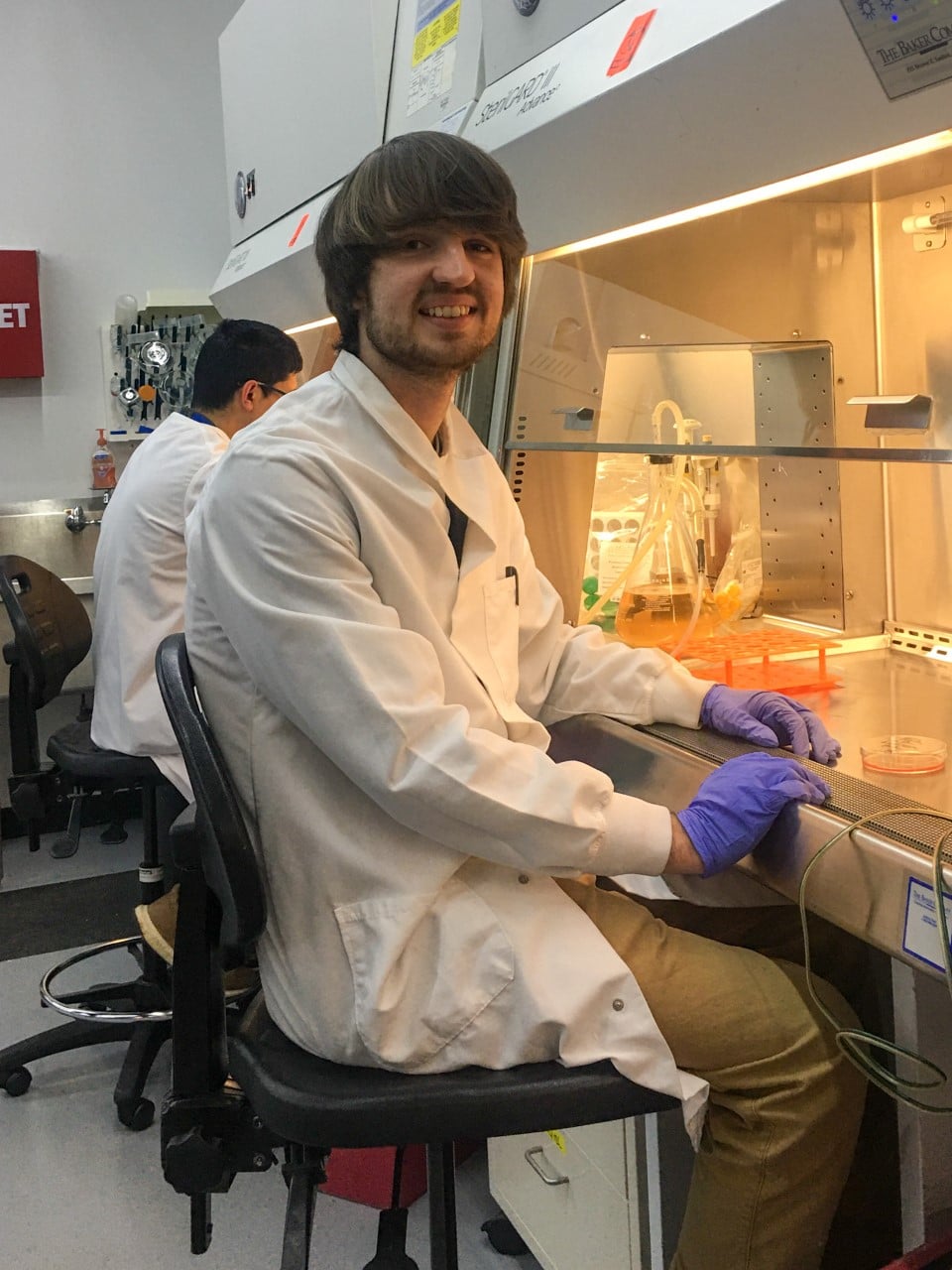


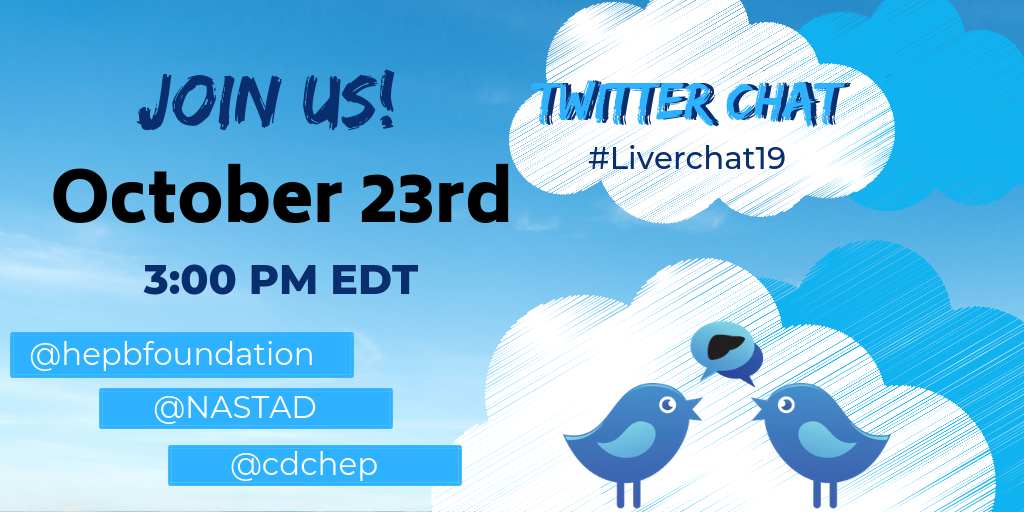
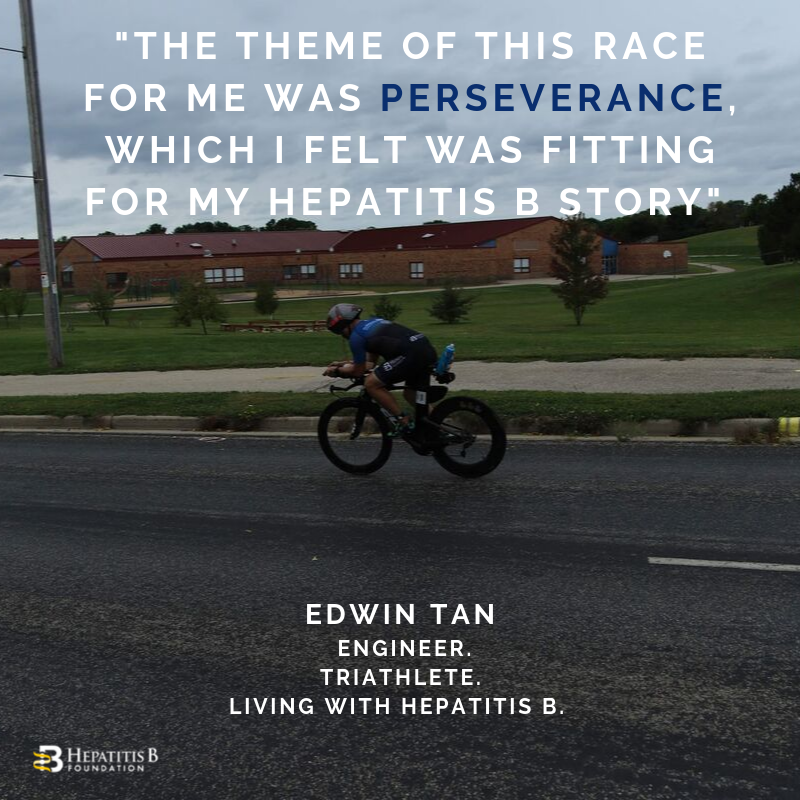 miles
miles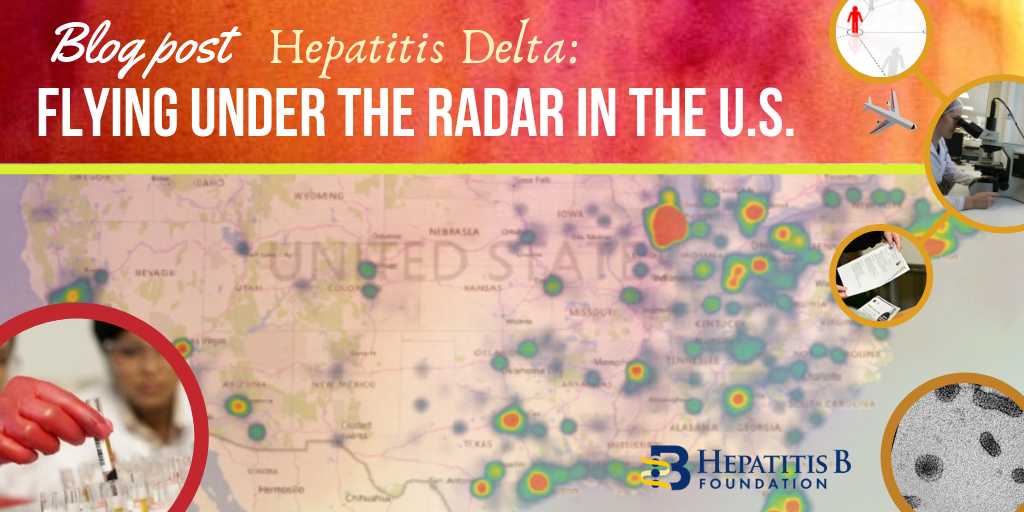

 especially if you are uncertain about how they will react. However, it is extremely important! Even if you are using condoms, it is necessary to let your partner know your status before becoming intimate. Once you tell them, it will be a huge relief!
especially if you are uncertain about how they will react. However, it is extremely important! Even if you are using condoms, it is necessary to let your partner know your status before becoming intimate. Once you tell them, it will be a huge relief!  show love than by being supportive? If your partner is living with hepatitis B,
show love than by being supportive? If your partner is living with hepatitis B,
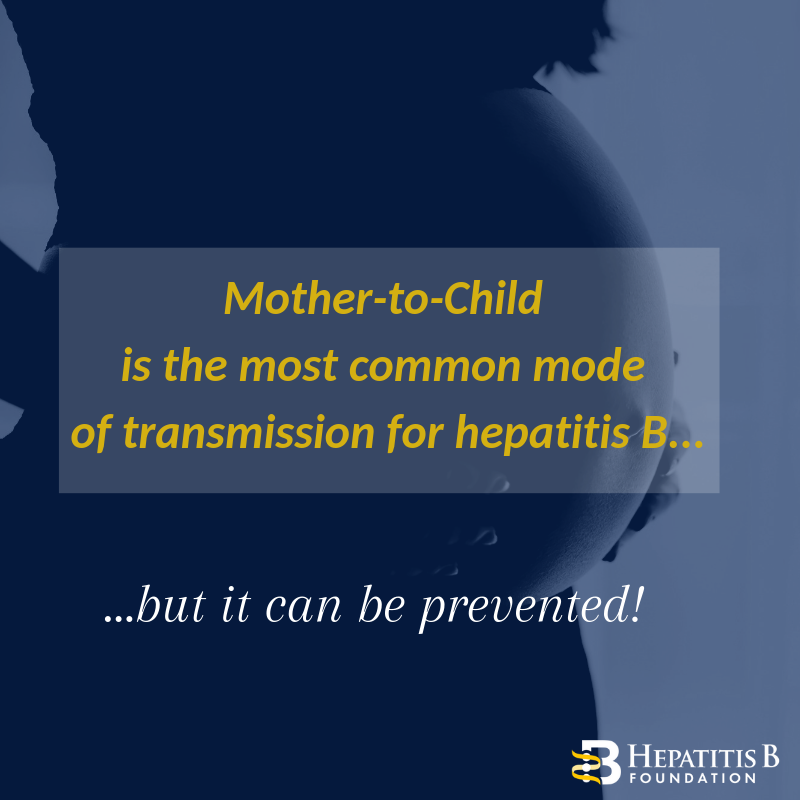 On the other hand, hepatitis B begins as a short-term infection, but in some cases, it can progress into a chronic, or life-long, infection. Chronic hepatitis B is the world’s leading cause of liver cancer and can lead to serious liver diseases such as cirrhosis or liver cancer. Most adults who become infected with hepatitis B develop an acute infection and will make a full recovery in approximately six months. However, about 90% of infected newborns and up to 50% of young children will develop a life-long infection. This is because hepatitis B can be transmitted from an infected mother to her baby due to exposure to her blood. Many infected mothers do not know they are infected and therefore cannot work with their physicians to take the necessary
On the other hand, hepatitis B begins as a short-term infection, but in some cases, it can progress into a chronic, or life-long, infection. Chronic hepatitis B is the world’s leading cause of liver cancer and can lead to serious liver diseases such as cirrhosis or liver cancer. Most adults who become infected with hepatitis B develop an acute infection and will make a full recovery in approximately six months. However, about 90% of infected newborns and up to 50% of young children will develop a life-long infection. This is because hepatitis B can be transmitted from an infected mother to her baby due to exposure to her blood. Many infected mothers do not know they are infected and therefore cannot work with their physicians to take the necessary  With five different types of viral hepatitis, it can be difficult to understand the differences between them. Some forms of hepatitis get more attention than others, but it is still important to know how they are transmitted, what they do, and the steps that you can take to protect yourself and your liver!
With five different types of viral hepatitis, it can be difficult to understand the differences between them. Some forms of hepatitis get more attention than others, but it is still important to know how they are transmitted, what they do, and the steps that you can take to protect yourself and your liver!  that their primary mode of transmission is through direct blood-to-blood contact with an infected person. Also, both hepatitis B and C can cause chronic, lifelong infections that can lead to serious liver disease. Hepatitis B is most commonly spread from mother-to-child during birth while hepatitis C is more commonly spread through the use of unclean needles used to inject drugs.
that their primary mode of transmission is through direct blood-to-blood contact with an infected person. Also, both hepatitis B and C can cause chronic, lifelong infections that can lead to serious liver disease. Hepatitis B is most commonly spread from mother-to-child during birth while hepatitis C is more commonly spread through the use of unclean needles used to inject drugs.

 October is Liver Cancer Awareness Month. Often we neglect to think about the link between hepatitis and liver cancer. Tuesday, Oct. 16, representatives from
October is Liver Cancer Awareness Month. Often we neglect to think about the link between hepatitis and liver cancer. Tuesday, Oct. 16, representatives from 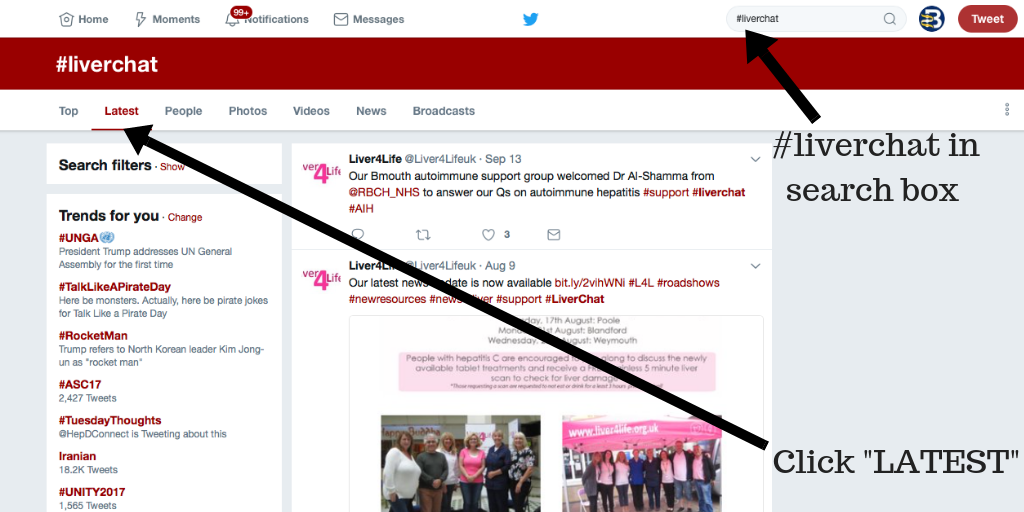

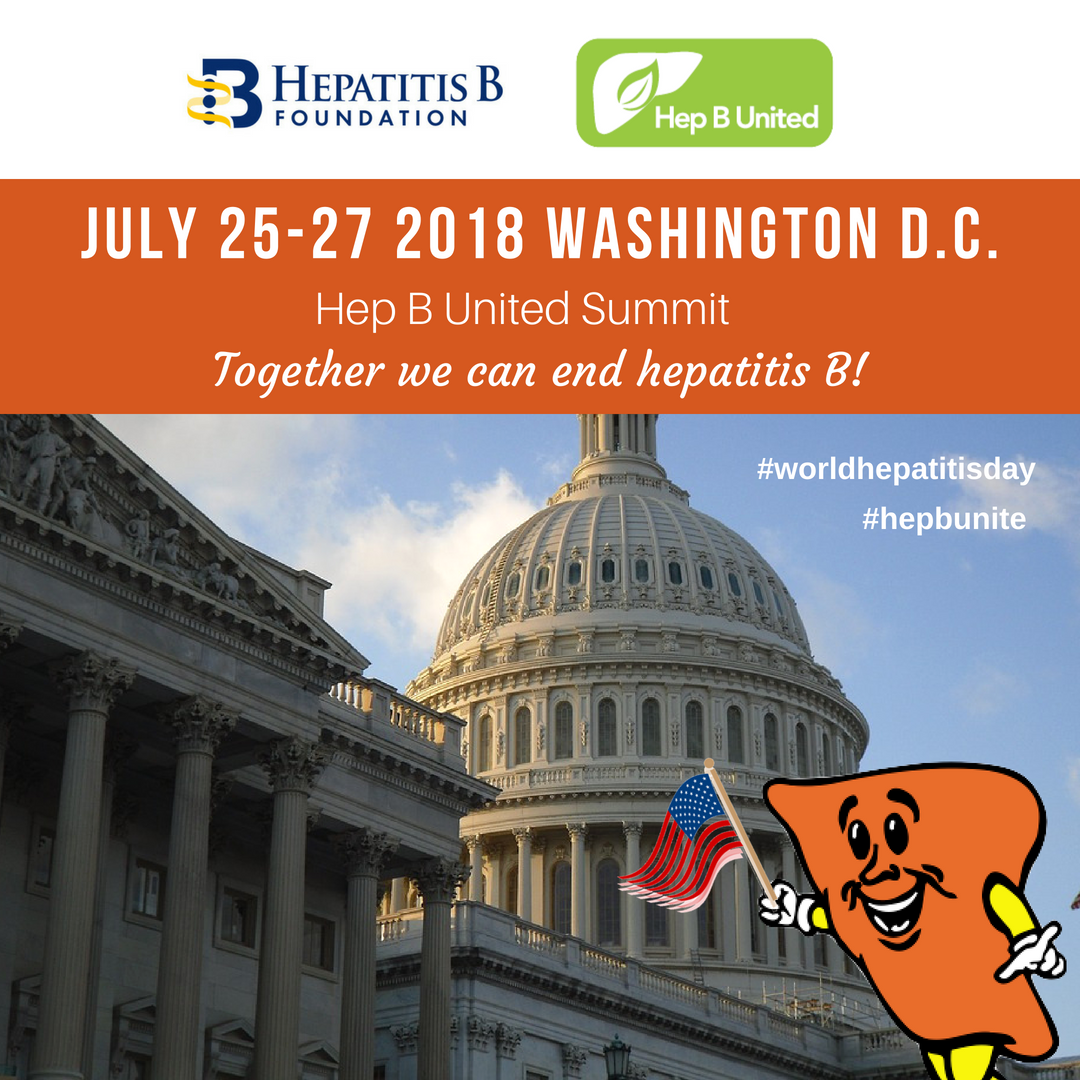 The annual Hep B United Summit, organized by the
The annual Hep B United Summit, organized by the